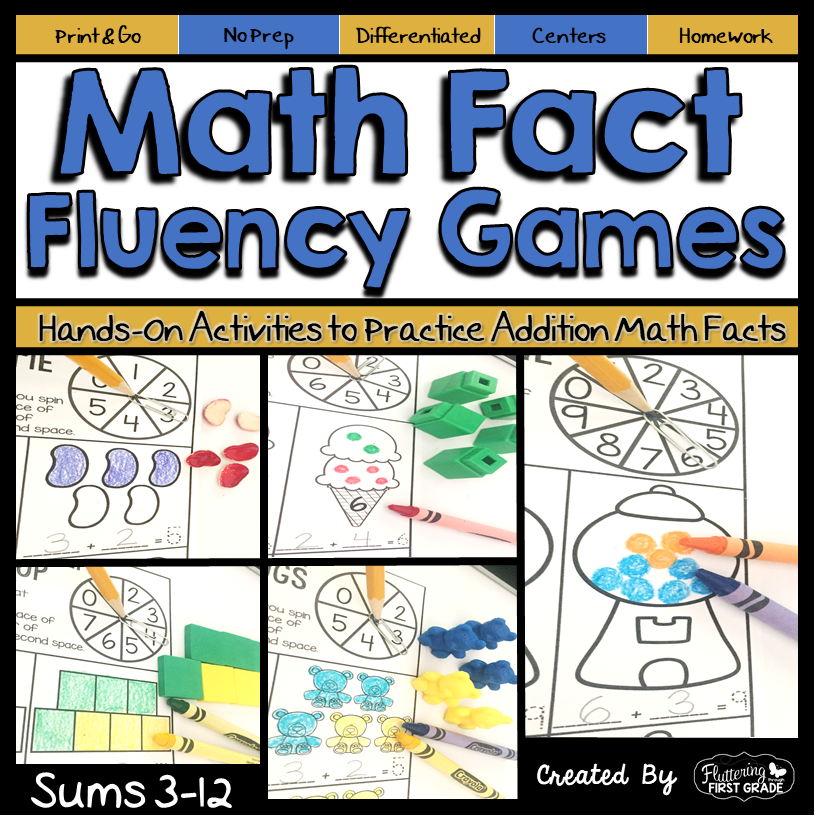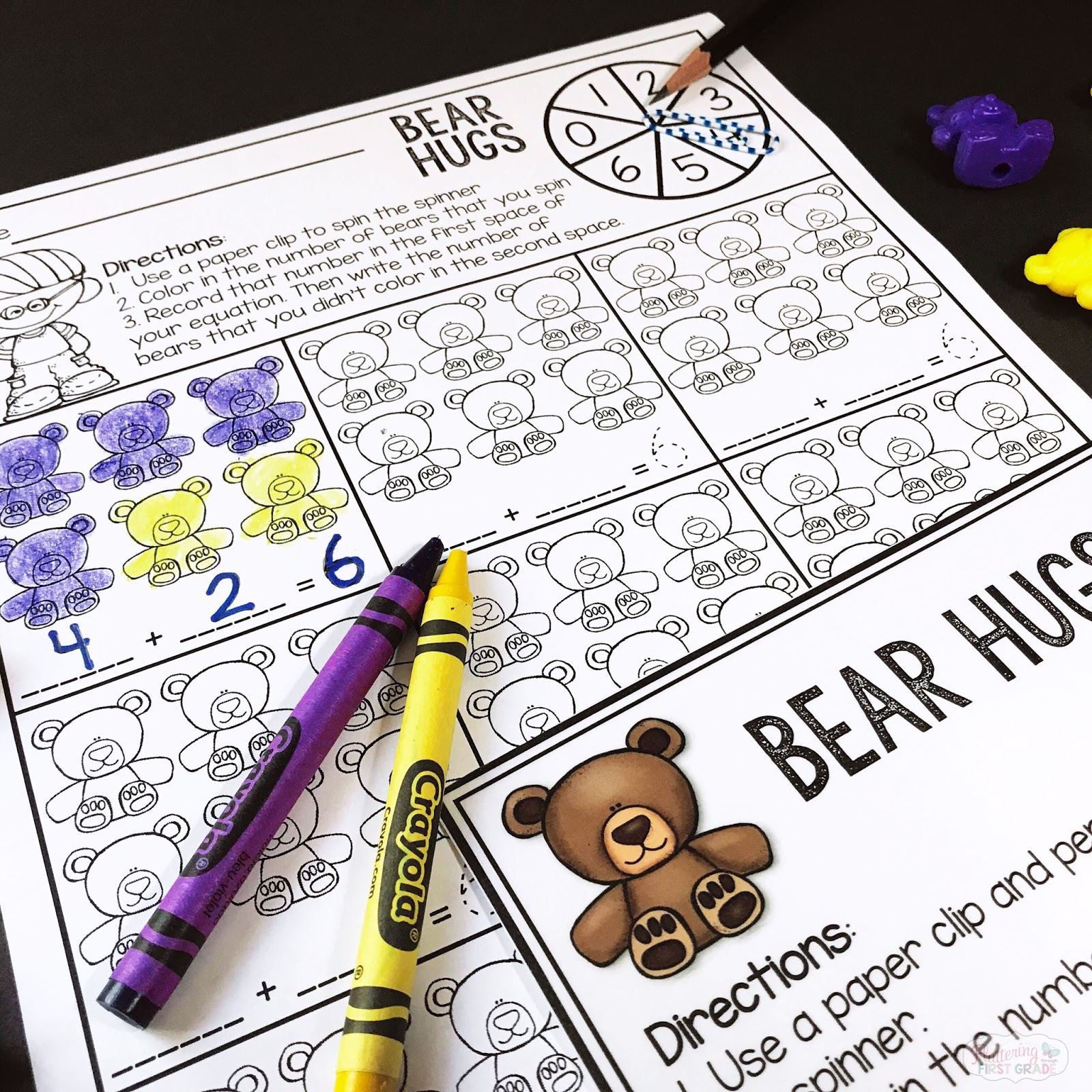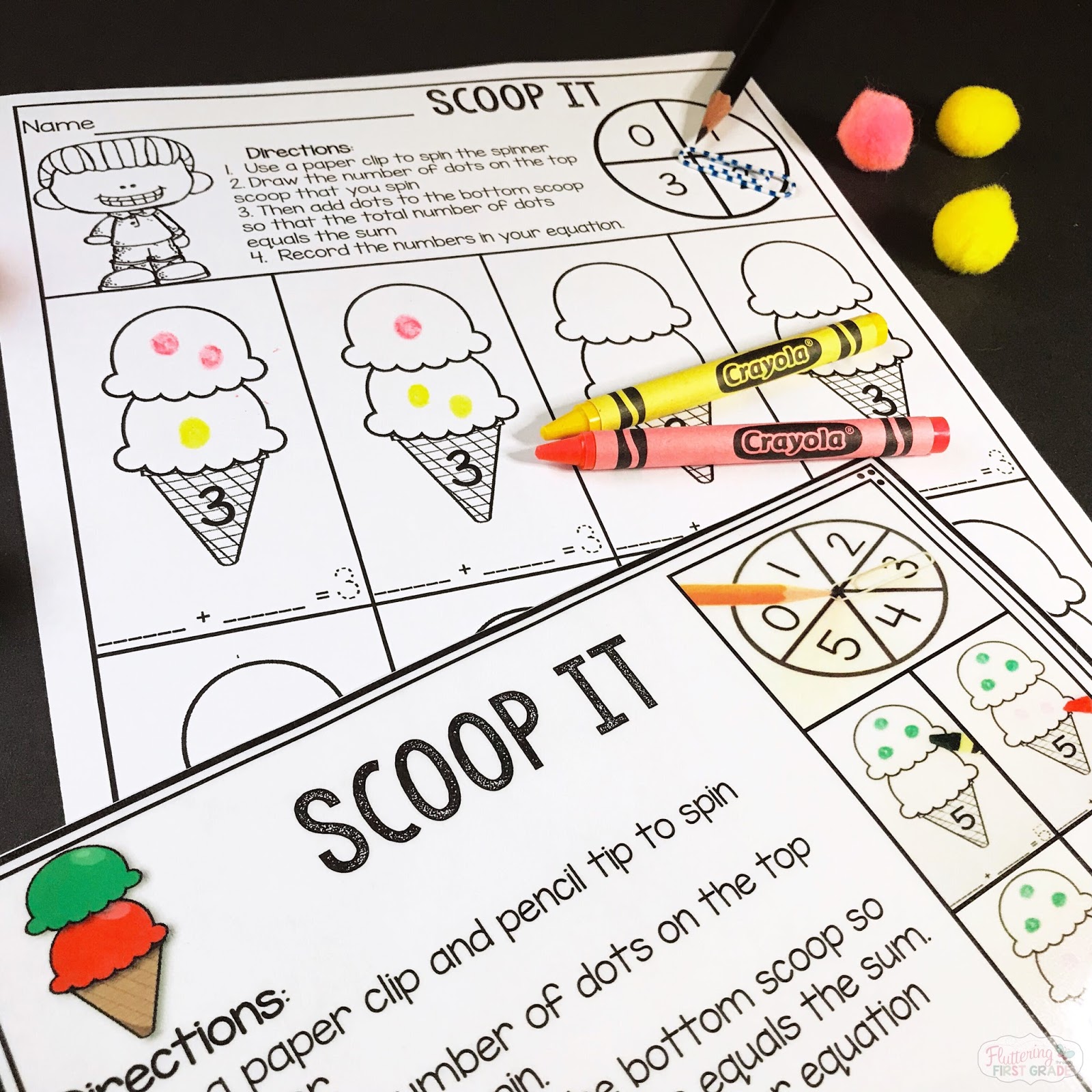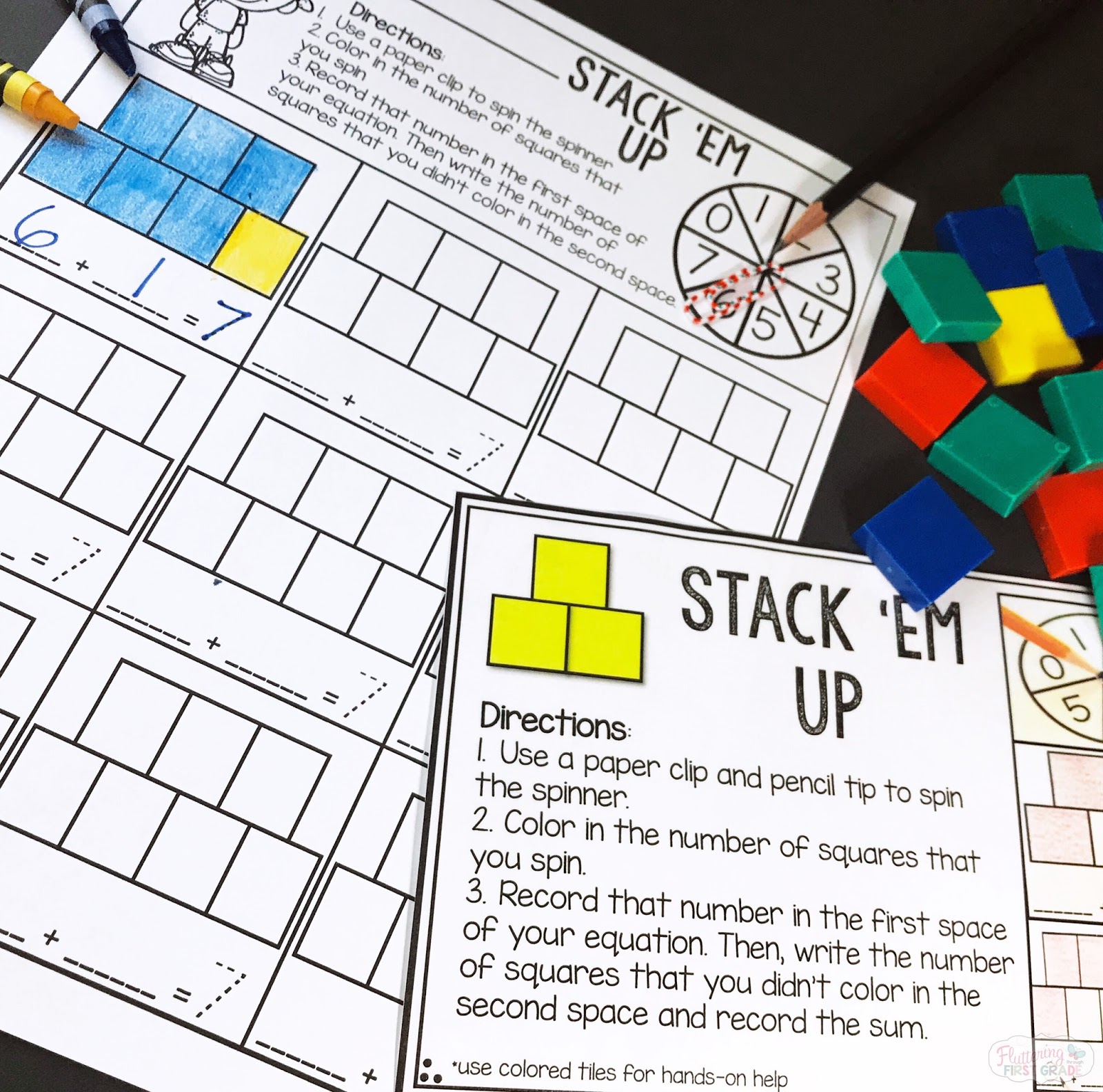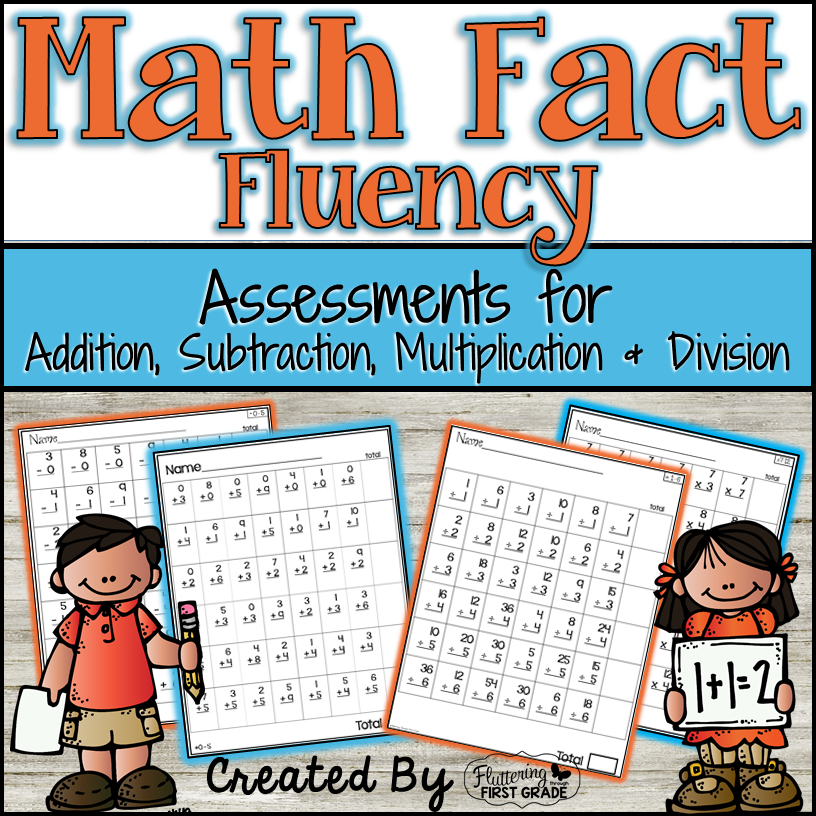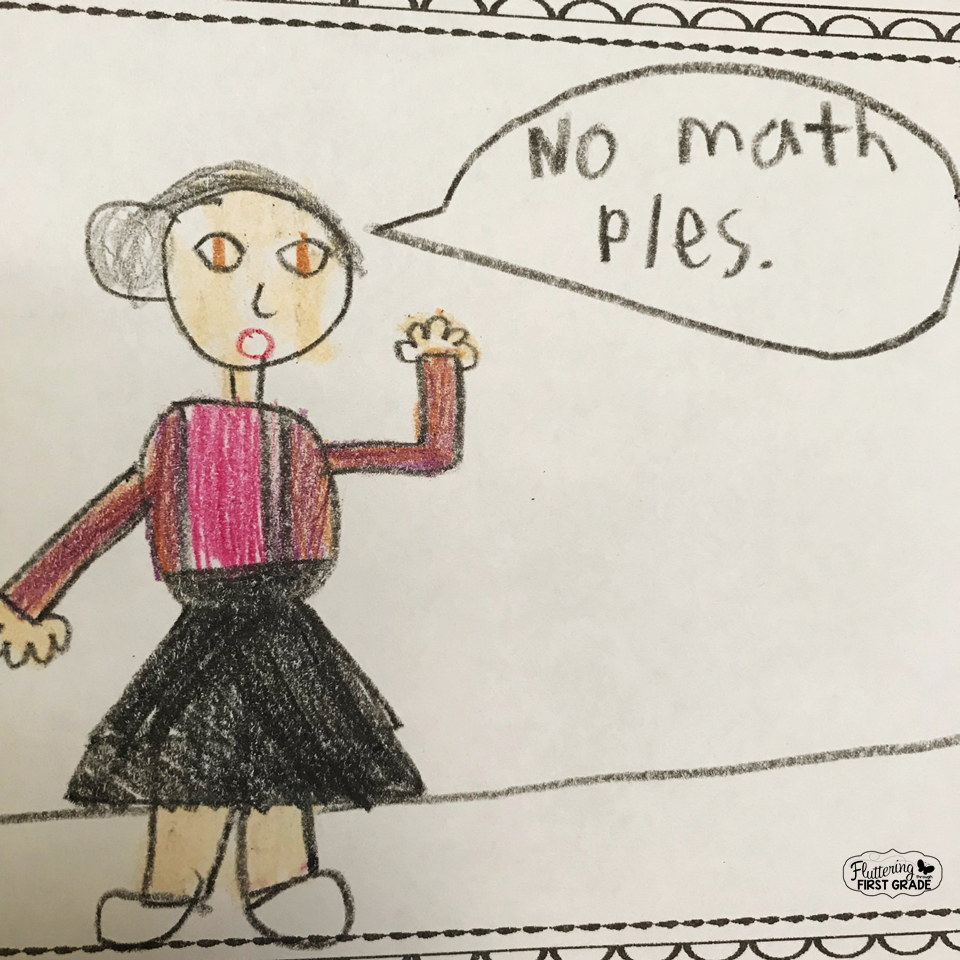
This 100th Day of School writing on what they liked and didn’t like so far about first grade stopped us in our tracks. We are in our second year of a new math adoption, and our class has made it pretty clear how they feel about math in our classroom this year. The audible math moans and groans and passive aggressive journal writing were keeping us up at night!
Like, HELLO teachers? Are you hearing us…We HATE math!
We knew something had to change. I hated math as a child growing up, and I had the self-confidence about it to boot. I promised myself I would never allow one of my students to feel the way I thought about the subject. Something had to change! So we put our heads together and came up with some supplemental math materials that kick the “No math please” pleas to the curb!
Math Chat: Math Vocabulary Word Wall Cards, Student Dictionary & Flashcards
We are firm believers that if you’re going to walk the math walk, you’ve got to talk the math talk. Kids are most comfortable when they know what they’re talking about. Ask them! 🙂
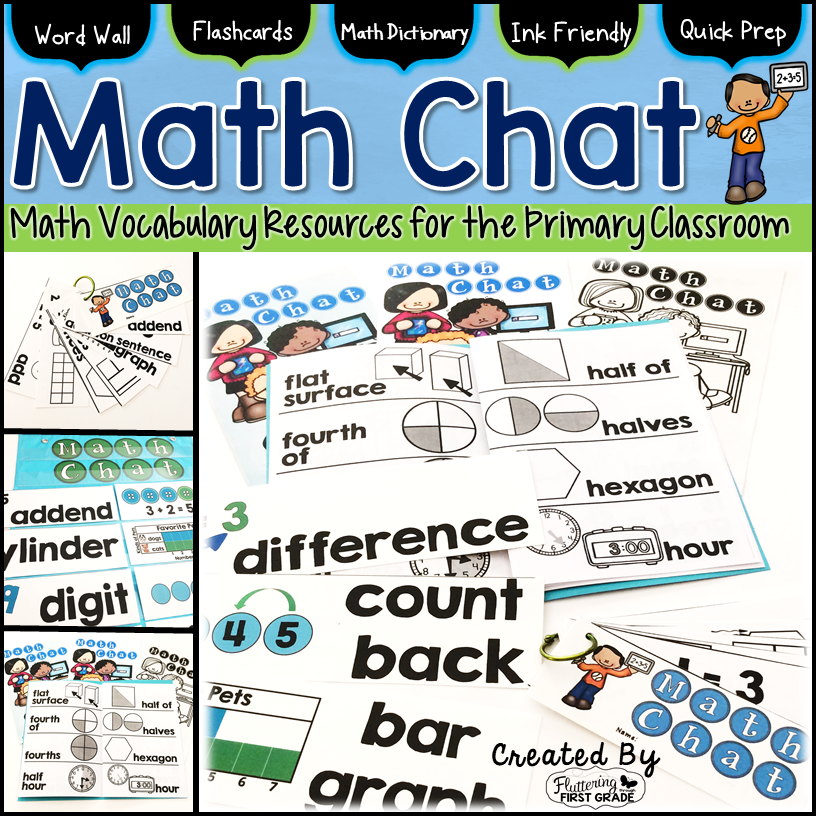
We created these math vocabulary resources to help our students build a strong math vocabulary foundation all year long. We use these all the time…On our word wall, in our pocket chart, in centers, and the kids love using them to play math vocabulary games too!
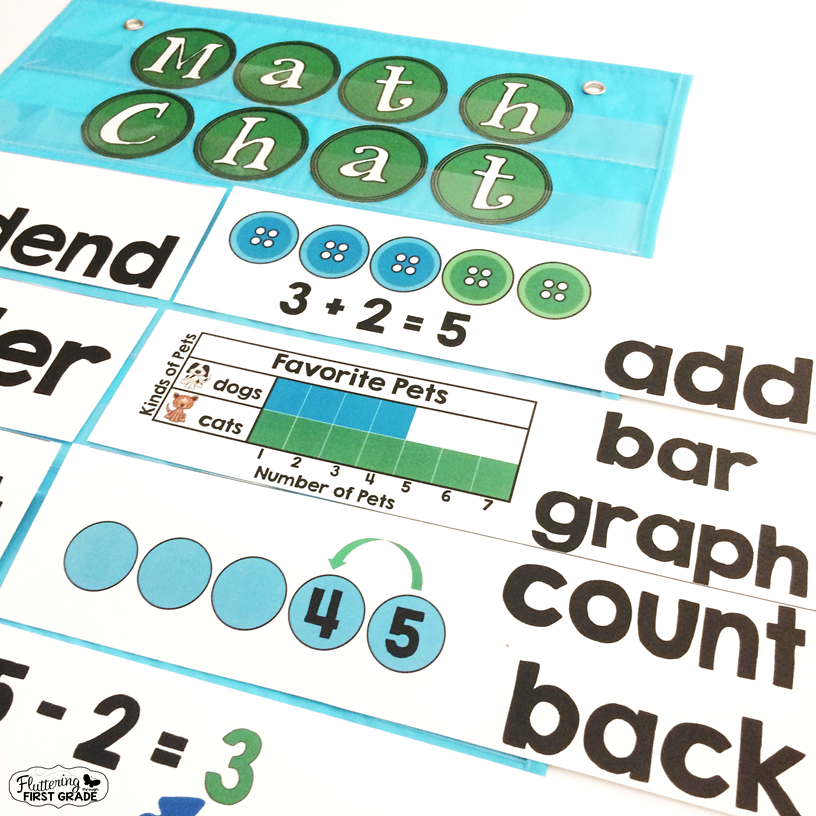
We put the word cards on rings and keep them available for the taking. We are amazed at how they find new ways to practice and play with their peers.
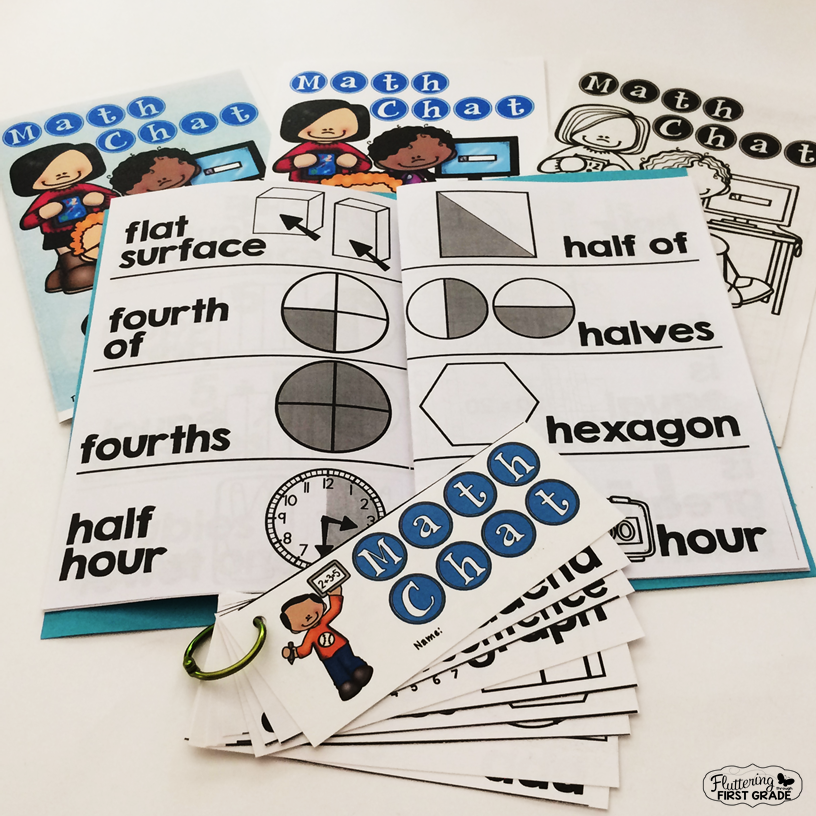
We also turned our Math Chat vocabulary into math dictionaries inspired by our Spelling Dictionaries. We leave these available at all of our tables for students to use.
Building math fact fluency is a year-long process. We give our students as many opportunities to practice their math facts all year. One quick and easy way we do this is through games. Our Addition Math Fact Fluency Games are quick, copy and go activities that are differentiated for all of our students. We spend the first few weeks of school teaching them how to play, then we leave them out and available day after day.
When our students are ready, we dig into formal math fact fluency assessments.
You can download our
Math Fact Fluency Assessments for Addition, Subtraction, Multiplication, and Division
for free.
Once we’ve assessed, we begin our favorite way to build math fact fluency in our students. We know there is a lot of controversies out there about whether or not to give timed math fact tests to students. We say yes! But, there’s a key…It has to be fun!
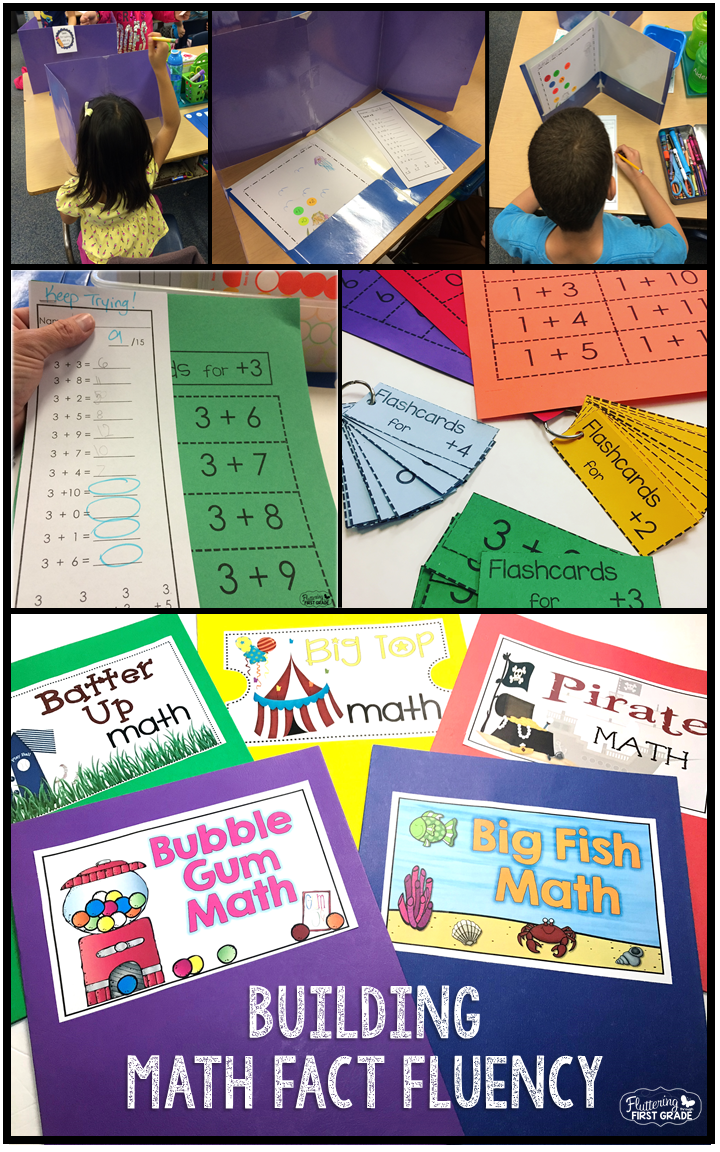

We use Big Fish Math in our classroom, and our students beg for it week after week. We adjust the time to set our students up for success. We are not in the business of making kids cry over math. Been there, done that as a child and we will not scar any other mathematicians in the world. We keep this activity light, fun, and motivating for our students. If they struggle, we differentiate. Every student works on their own math fact fluency at their own pace and in their own place. We’ve been using timed math for over 15 years and haven’t had a single tear shed yet. So, we say timed tests? Yes!
Math moves quickly and without proper review, the skills of today are lost by tomorrow! So, we begin each math session with some independent practice. We created Problem of the Day Booklets for the entire school year. Students get a new booklet each month and they work on one problem each day to get their math minds moving.


These are super easy to prep. Just copy cut and staple. We like to cover the covers onto colored paper (We use Astrobrights or construction paper) because they kids feel like it’s something brand new.


The back of our booklets focus on key math vocabulary which we love referring to as we work our way through our math curriculum. As we discuss each word, we have them interact with their Math Chat on the backs of their Problem of the Day booklets. It’s like a portable math word wall at their fingertips!


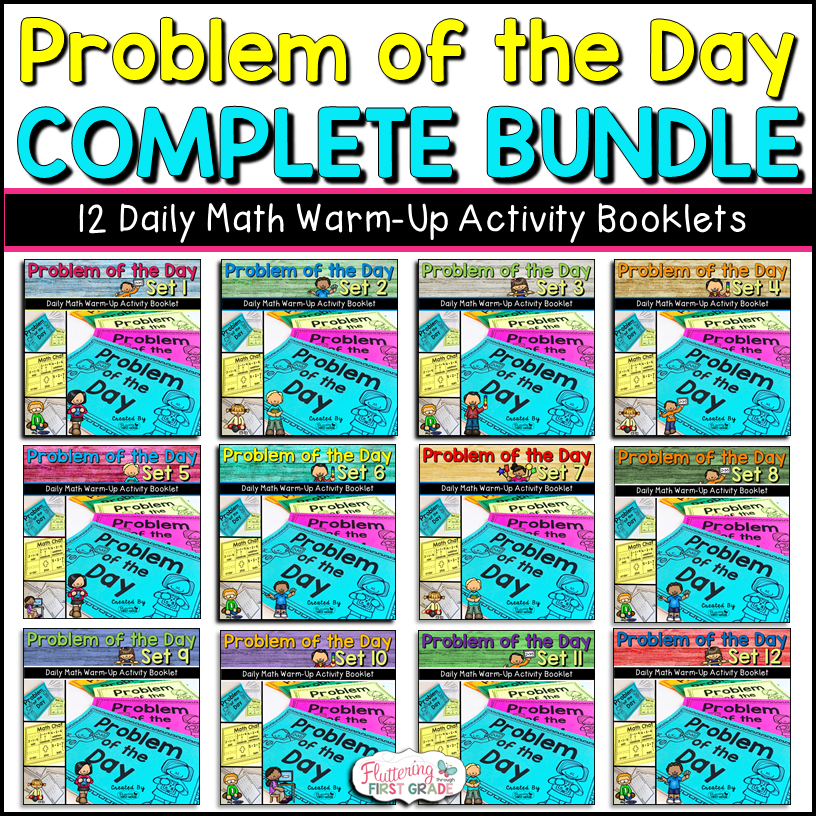

Making math meaningful is a major priority in our classroom.
How do you make math meaningful for your students?



